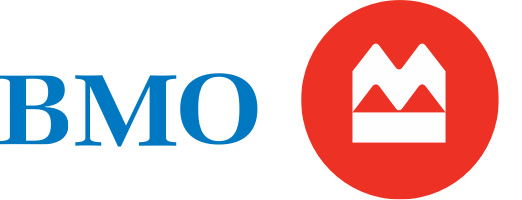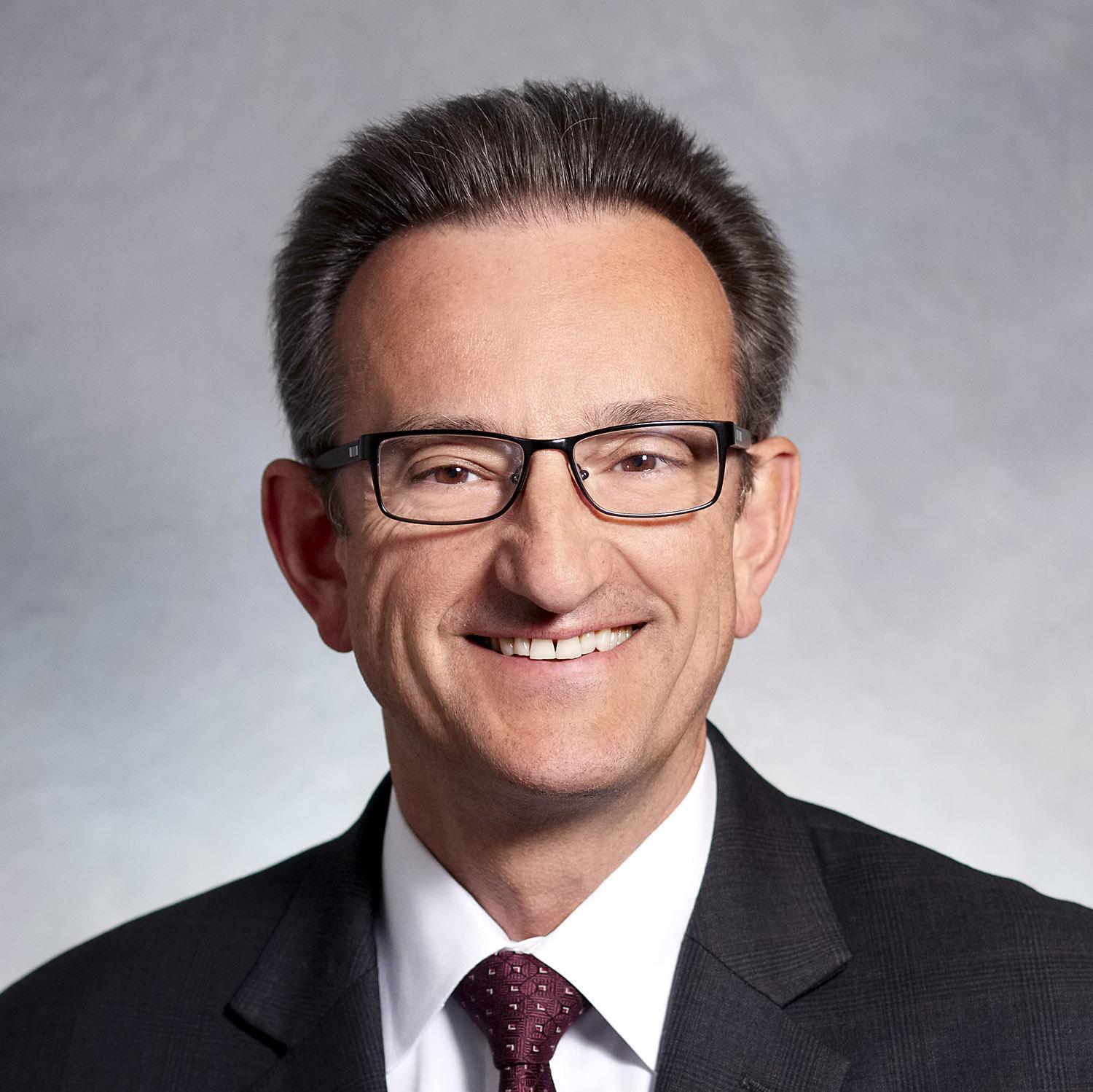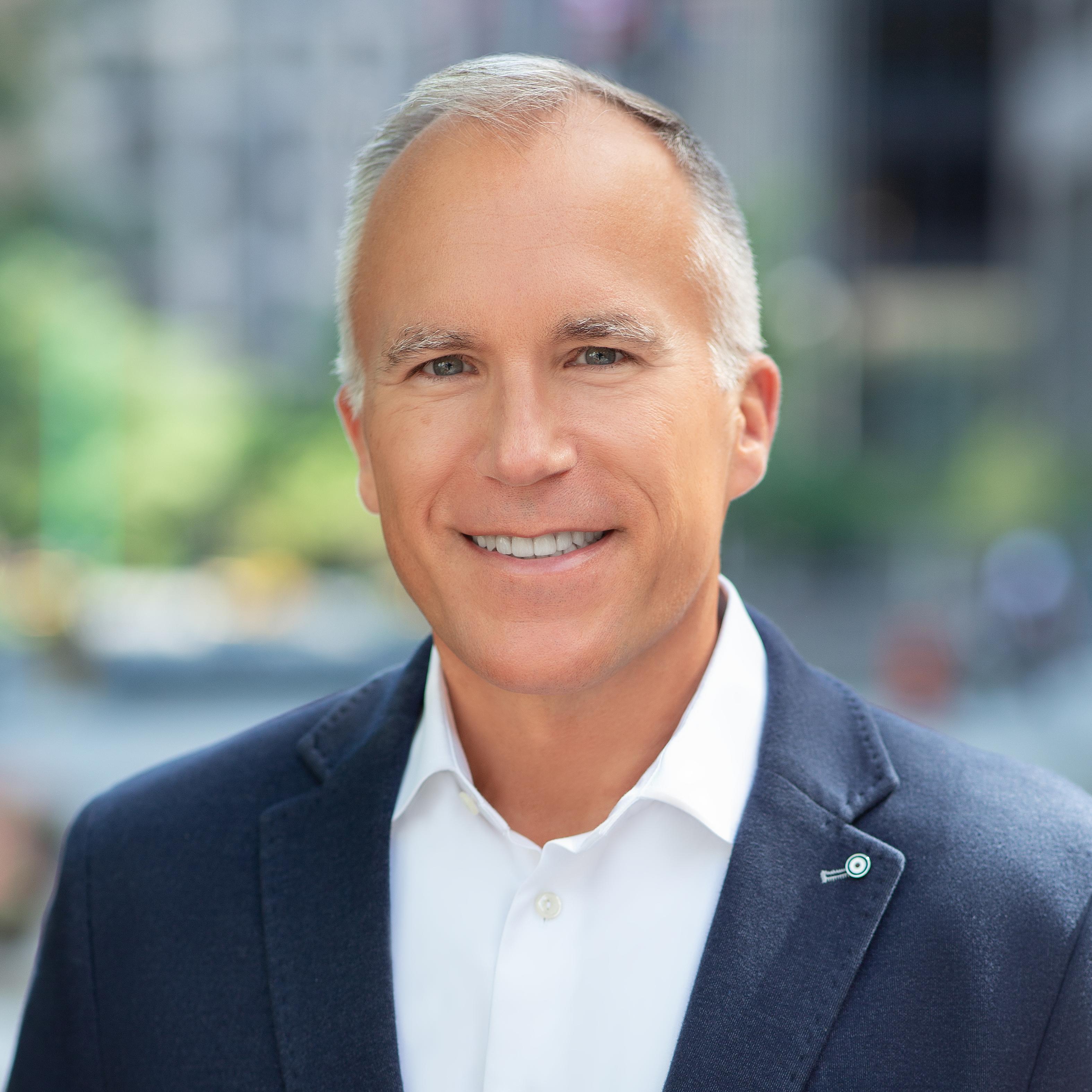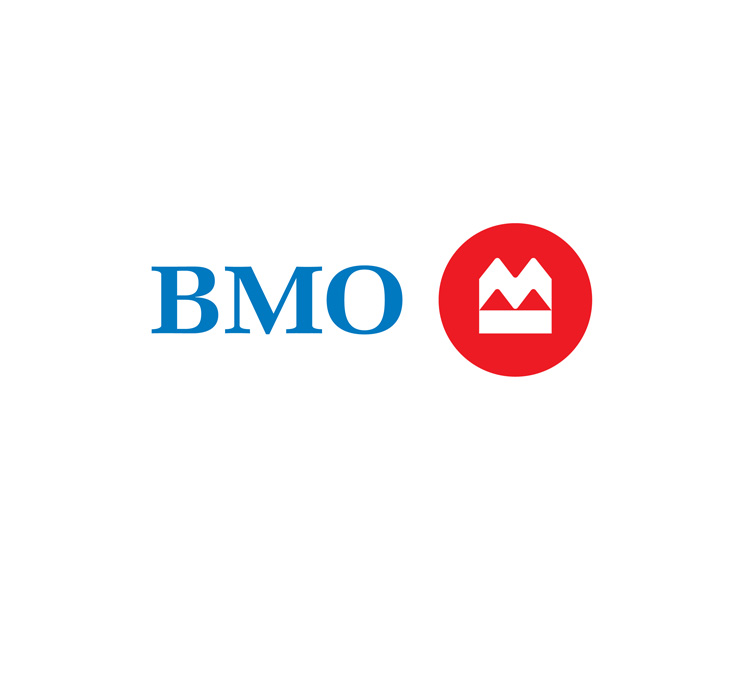
COVID-19: What it means this week
-
bookmark
-
print

- Keywords:
- coronavirus
- covid-19


On a day when equity markets saw their largest drop since the 2008 financial crisis, Michael Gregory, Deputy Chief Economist, Ian Lyngen, Head of U.S. Rates Strategy, and Brian Belski, Chief Investment Strategist, all at BMO Capital Markets, hosted a client conference call to examine the impact of COVID-19. Belski opened the discussion by calling for calm. “Fears and headlines clearly outweigh facts and actualities,” he said.
Quoting from Sir Winston Churchill, Belski also said investors should “see the opportunity in every difficulty” and called for perspective, poise and process, three traits that the economists, strategists and analysts at BMO must utilize in times like these.
Economic Impact
While economists knew COVID-19 would be a major headwind for the United States and Canada, Gregory noted that it was still difficult to predict the public and policy responses. The most vulnerable sectors were going to be anything tied to travel and tourism or activities in which people gather in larger numbers, with the crest of the impact likely to occur during Q2.
Both Canada and the United States had a shaky start to the first quarter, the former due to labor and rail disruptions and the latter due to the suspension of Boeing 737 Max production, all of which dampened growth. Now, in addition to these challenges, there’s the impact of COVID-19. And, if that wasn’t enough, the collapse in oil prices owing to the failure of OPEC+ to extend its production cutback, at a time when the demand for oil is already dampened owing to COVID-19, is yet another challenge for both economies.
Gregory said that first quarter growth was just below 1 percent on both sides of the border, but that both countries would move into negative numbers in the second quarter, with the United States penciled in at 2 percent annualized reduction and Canada at 3.5 percent annualized reduction. He expects a rebound in the second half of the year, sufficient to propel the average pace for all of 2020 to about half a percentage point in Canada and 1 percent in the United States. Before the virus and oil prices became concerns, both countries were projected to expand around 1.75 percent.
Central banks have already stepped in once, providing a reduction of 50 basis points, and Gregory anticipates another 100 basis points reduction by both the Federal Reserve and the Bank of Canada in the next couple of meetings. A fiscal policy response is likely to come out of Ottawa, especially as the oil patch faces strong headwinds, however a response from Washington is less clear and will likely depend on how much of a slowdown in growth there is in the second quarter.
What does this mean? Sharply lower interest rates, fiscal stimulus, the potential for hefty U.S. household refinancing that frees up cash flow, and even prospective deals in the travel and tourism sector point toward an eventual pickup in activity as the second half of the year unfolds. But there’s lots of uncertainty right now (e.g., how severe and persistent will the COVID-19 outbreaks be, and how long will Saudi Arabia and Russia wage an oil price war).
Market Uncertainty
We’re at unprecedented levels in the market in terms of key near yields and 30-year yields, according to Lyngen. “Frankly, this does reflect investment ideas of investors that simply have no idea how to trade the market at this moment,” he said, “other than a classic flight quality.”
Lyngen agreed that quantitative easing was going to become a reality sooner rather than later. He also said there’s a very good probability that the front of the yield curve dips below zero, in terms of yields, but it’s very unlikely the Federal Reserve will dip below zero. Yes, the markets indicate that the Fed needs to be more aggressive, but that doesn’t translate to negative yields becoming a reality in the United States.
“There are moments in the market in which the price action in and of itself becomes somewhat self-fulfilling,” Lyngen said. “I'll make the argument that we're pretty close to one of those right now.”
As investors get used to these lower rates, it will recast how the market is valuing risk assets and it will recast expectations going forward, he explained. His baseline take is that as conditions worsen, due to COVID-19, we’re beginning to see several sectors experience the pressure that will lead to a more durable, lower rate environment for the foreseeable future.
Perspective, Poise, Process
In terms of perspective, no one has seen a situation like this in their 30 years of work. It’s important to remember that panic isn’t an investment strategy, Belski said. There’s been a real escalation in fear, with everyone becoming an expert in COVID-19 epidemiology, but he warned that facts are still not actualities, with the situation changing by the minute.
“We really do not advise clients to be changing their investment strategies, along with the headlines,” Belski said.
In terms of process, he advises clients to stick with those high quality assets from a growth perspective and from a dividend growth perspective. It seems like investors will continue to pay for stability, so BMO strategists believe dollar-denominated assets in terms of equities, fixed income, and the dollar itself will continue to be a home for investments, long term. It’s too early to call this a recession, so clients should be in touch with their relationship managers and stick to their process.
Stocks to Watch
Canadian energy stocks are still preferred over American energy, because Canadians have “more religion” in how they’re managed. Because financial stocks have been hammered, we prefer those larger companies with multi-divisional properties, said Belski.
From a sector standpoint, we believe communications services and technology are where consumers are spending their money, so we are overweight there, he said. In addition, the consumer discretionary sector is also overweight, because of the power we’re seeing in Western consumers, and some select industrial companies.
“We believe utilities in both the United States and Canada are at the most expensive levels we've seen in terms of our valuation models that go back multiple decades,” Belski said. Because they have not seen this for a long time, Belski said they would not be rushing in and overweighting utilities in portfolios at this time.
What to Expect in the Coming Months
Gregory believes we’re still weeks, if not months, away from the crest of increasing COVID-19 incidences, at which point the markets will find some equilibrium. The key, though, is the assumption that this is a limited outbreak. The net risk is of a wider outbreak that impacts the broader labor supply response. Gregory said that he thinks it will begin to smooth out in the second half of the year, but to expect a bumpy ride before we get there.

Michael Gregory, CFA
Deputy Chief Economist & Managing Director
800-613-0205
Michael is part of the team responsible for forecasting and analyzing the North American economy and financial markets. He has spent his career working in either ec…(..)
View Full Profile >Brian is the Chief Investment Strategist and leader of the Investment Strategy Group, provides strategic investment and portfolio management advice to both institut…(..)
View Full Profile >On a day when equity markets saw their largest drop since the 2008 financial crisis, Michael Gregory, Deputy Chief Economist, Ian Lyngen, Head of U.S. Rates Strategy, and Brian Belski, Chief Investment Strategist, all at BMO Capital Markets, hosted a client conference call to examine the impact of COVID-19. Belski opened the discussion by calling for calm. “Fears and headlines clearly outweigh facts and actualities,” he said.
Quoting from Sir Winston Churchill, Belski also said investors should “see the opportunity in every difficulty” and called for perspective, poise and process, three traits that the economists, strategists and analysts at BMO must utilize in times like these.
Economic Impact
While economists knew COVID-19 would be a major headwind for the United States and Canada, Gregory noted that it was still difficult to predict the public and policy responses. The most vulnerable sectors were going to be anything tied to travel and tourism or activities in which people gather in larger numbers, with the crest of the impact likely to occur during Q2.
Both Canada and the United States had a shaky start to the first quarter, the former due to labor and rail disruptions and the latter due to the suspension of Boeing 737 Max production, all of which dampened growth. Now, in addition to these challenges, there’s the impact of COVID-19. And, if that wasn’t enough, the collapse in oil prices owing to the failure of OPEC+ to extend its production cutback, at a time when the demand for oil is already dampened owing to COVID-19, is yet another challenge for both economies.
Gregory said that first quarter growth was just below 1 percent on both sides of the border, but that both countries would move into negative numbers in the second quarter, with the United States penciled in at 2 percent annualized reduction and Canada at 3.5 percent annualized reduction. He expects a rebound in the second half of the year, sufficient to propel the average pace for all of 2020 to about half a percentage point in Canada and 1 percent in the United States. Before the virus and oil prices became concerns, both countries were projected to expand around 1.75 percent.
Central banks have already stepped in once, providing a reduction of 50 basis points, and Gregory anticipates another 100 basis points reduction by both the Federal Reserve and the Bank of Canada in the next couple of meetings. A fiscal policy response is likely to come out of Ottawa, especially as the oil patch faces strong headwinds, however a response from Washington is less clear and will likely depend on how much of a slowdown in growth there is in the second quarter.
What does this mean? Sharply lower interest rates, fiscal stimulus, the potential for hefty U.S. household refinancing that frees up cash flow, and even prospective deals in the travel and tourism sector point toward an eventual pickup in activity as the second half of the year unfolds. But there’s lots of uncertainty right now (e.g., how severe and persistent will the COVID-19 outbreaks be, and how long will Saudi Arabia and Russia wage an oil price war).
Market Uncertainty
We’re at unprecedented levels in the market in terms of key near yields and 30-year yields, according to Lyngen. “Frankly, this does reflect investment ideas of investors that simply have no idea how to trade the market at this moment,” he said, “other than a classic flight quality.”
Lyngen agreed that quantitative easing was going to become a reality sooner rather than later. He also said there’s a very good probability that the front of the yield curve dips below zero, in terms of yields, but it’s very unlikely the Federal Reserve will dip below zero. Yes, the markets indicate that the Fed needs to be more aggressive, but that doesn’t translate to negative yields becoming a reality in the United States.
“There are moments in the market in which the price action in and of itself becomes somewhat self-fulfilling,” Lyngen said. “I'll make the argument that we're pretty close to one of those right now.”
As investors get used to these lower rates, it will recast how the market is valuing risk assets and it will recast expectations going forward, he explained. His baseline take is that as conditions worsen, due to COVID-19, we’re beginning to see several sectors experience the pressure that will lead to a more durable, lower rate environment for the foreseeable future.
Perspective, Poise, Process
In terms of perspective, no one has seen a situation like this in their 30 years of work. It’s important to remember that panic isn’t an investment strategy, Belski said. There’s been a real escalation in fear, with everyone becoming an expert in COVID-19 epidemiology, but he warned that facts are still not actualities, with the situation changing by the minute.
“We really do not advise clients to be changing their investment strategies, along with the headlines,” Belski said.
In terms of process, he advises clients to stick with those high quality assets from a growth perspective and from a dividend growth perspective. It seems like investors will continue to pay for stability, so BMO strategists believe dollar-denominated assets in terms of equities, fixed income, and the dollar itself will continue to be a home for investments, long term. It’s too early to call this a recession, so clients should be in touch with their relationship managers and stick to their process.
Stocks to Watch
Canadian energy stocks are still preferred over American energy, because Canadians have “more religion” in how they’re managed. Because financial stocks have been hammered, we prefer those larger companies with multi-divisional properties, said Belski.
From a sector standpoint, we believe communications services and technology are where consumers are spending their money, so we are overweight there, he said. In addition, the consumer discretionary sector is also overweight, because of the power we’re seeing in Western consumers, and some select industrial companies.
“We believe utilities in both the United States and Canada are at the most expensive levels we've seen in terms of our valuation models that go back multiple decades,” Belski said. Because they have not seen this for a long time, Belski said they would not be rushing in and overweighting utilities in portfolios at this time.
What to Expect in the Coming Months
Gregory believes we’re still weeks, if not months, away from the crest of increasing COVID-19 incidences, at which point the markets will find some equilibrium. The key, though, is the assumption that this is a limited outbreak. The net risk is of a wider outbreak that impacts the broader labor supply response. Gregory said that he thinks it will begin to smooth out in the second half of the year, but to expect a bumpy ride before we get there.
What to Read Next.
Coronavirus update: Every time is different.
Yung-Yu Ma, Ph.D | February 28, 2020 | Addressing Covid 19, Business Strategy

A bruising equity market selloff greeted investors to start the week of February 24 – first in Asia, then spreading to Europe and eventually th…
Continue Reading>More Insights
Tell us three simple things to
customize your experience.






Contact Us
Banking products are subject to approval and are provided in the United States by BMO Bank N.A. Member FDIC. BMO Commercial Bank is a trade name used in the United States by BMO Bank N.A. Member FDIC. BMO Sponsor Finance is a trade name used by BMO Financial Corp. and its affiliates.
Please note important disclosures for content produced by BMO Capital Markets. BMO Capital Markets Regulatory | BMOCMC Fixed Income Commentary Disclosure | BMOCMC FICC Macro Strategy Commentary Disclosure | Research Disclosure Statements.
BMO Capital Markets is a trade name used by BMO Financial Group for the wholesale banking businesses of Bank of Montreal, BMO Bank N.A. (member FDIC), Bank of Montreal Europe p.l.c., and Bank of Montreal (China) Co. Ltd, the institutional broker dealer business of BMO Capital Markets Corp. (Member FINRA and SIPC) and the agency broker dealer business of Clearpool Execution Services, LLC (Member FINRA and SIPC) in the U.S. , and the institutional broker dealer businesses of BMO Nesbitt Burns Inc. (Member Canadian Investment Regulatory Organization and Member Canadian Investor Protection Fund) in Canada and Asia, Bank of Montreal Europe p.l.c. (authorised and regulated by the Central Bank of Ireland) in Europe and BMO Capital Markets Limited (authorised and regulated by the Financial Conduct Authority) in the UK and Australia and carbon credit origination, sustainability advisory services and environmental solutions provided by Bank of Montreal, BMO Radicle Inc., and Carbon Farmers Australia Pty Ltd. (ACN 136 799 221 AFSL 430135) in Australia. "Nesbitt Burns" is a registered trademark of BMO Nesbitt Burns Inc, used under license. "BMO Capital Markets" is a trademark of Bank of Montreal, used under license. "BMO (M-Bar roundel symbol)" is a registered trademark of Bank of Montreal, used under license.
® Registered trademark of Bank of Montreal in the United States, Canada and elsewhere.
™ Trademark of Bank of Montreal in the United States and Canada.
The material contained in articles posted on this website is intended as a general market commentary. The opinions, estimates and projections, if any, contained in these articles are those of the authors and may differ from those of other BMO Commercial Bank employees and affiliates. BMO Commercial Bank endeavors to ensure that the contents have been compiled or derived from sources that it believes to be reliable and which it believes contain information and opinions which are accurate and complete. However, the authors and BMO Commercial Bank take no responsibility for any errors or omissions and do not guarantee their accuracy or completeness. These articles are for informational purposes only.
This information is not intended to be tax or legal advice. This information cannot be used by any taxpayer for the purpose of avoiding tax penalties that may be imposed on the taxpayer. This information is being used to support the promotion or marketing of the planning strategies discussed herein. BMO Bank N.A. and its affiliates do not provide legal or tax advice to clients. You should review your particular circumstances with your independent legal and tax advisors.
Third party web sites may have privacy and security policies different from BMO. Links to other web sites do not imply the endorsement or approval of such web sites. Please review the privacy and security policies of web sites reached through links from BMO web sites.
Notice to Customers
To help the government fight the funding of terrorism and money laundering activities, federal law (USA Patriot Act (Title III of Pub. L. 107 56 (signed into law October 26, 2001)) requires all financial organizations to obtain, verify and record information that identifies each person who opens an account. When you open an account, we will ask for your name, address, date of birth and other information that will allow us to identify you. We may also ask you to provide a copy of your driver's license or other identifying documents. For each business or entity that opens an account, we will ask for your name, address and other information that will allow us to identify the entity. We may also ask you to provide a copy of your certificate of incorporation (or similar document) or other identifying documents. The information you provide in this form may be used to perform a credit check and verify your identity by using internal sources and third-party vendors. If the requested information is not provided within 30 calendar days, the account will be subject to closure.


